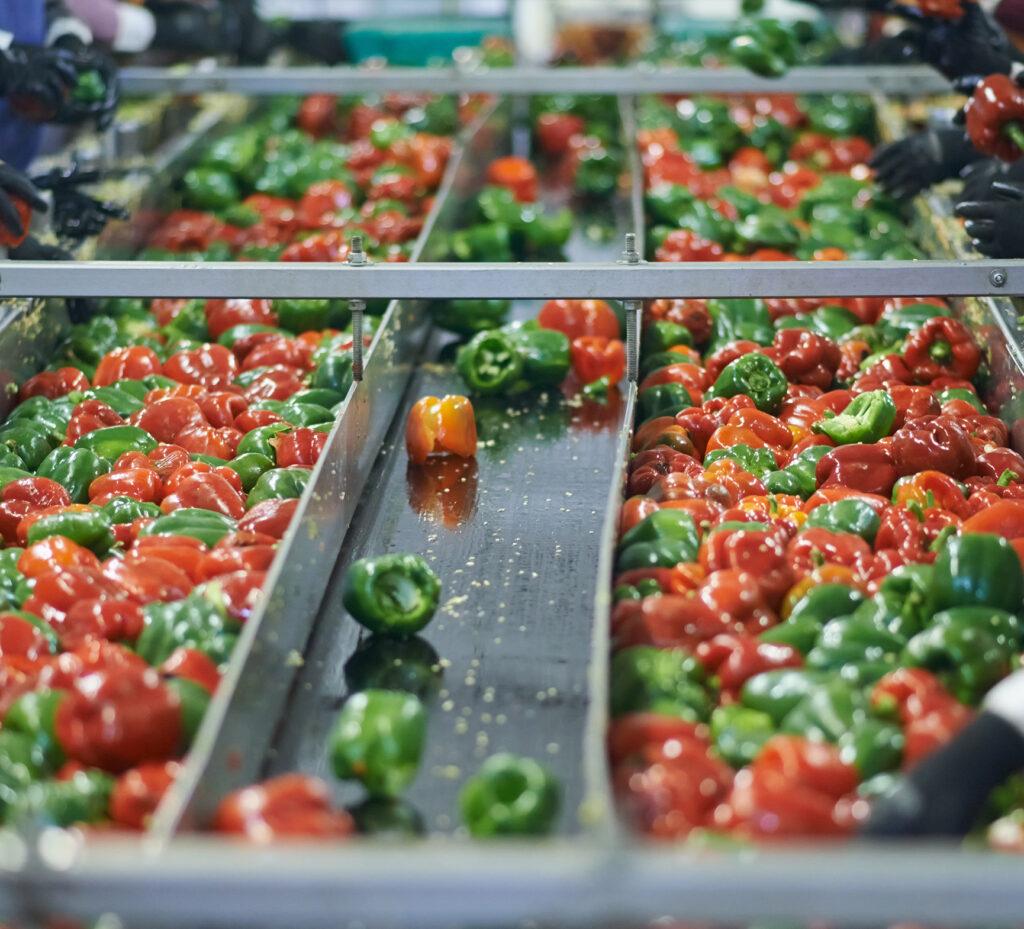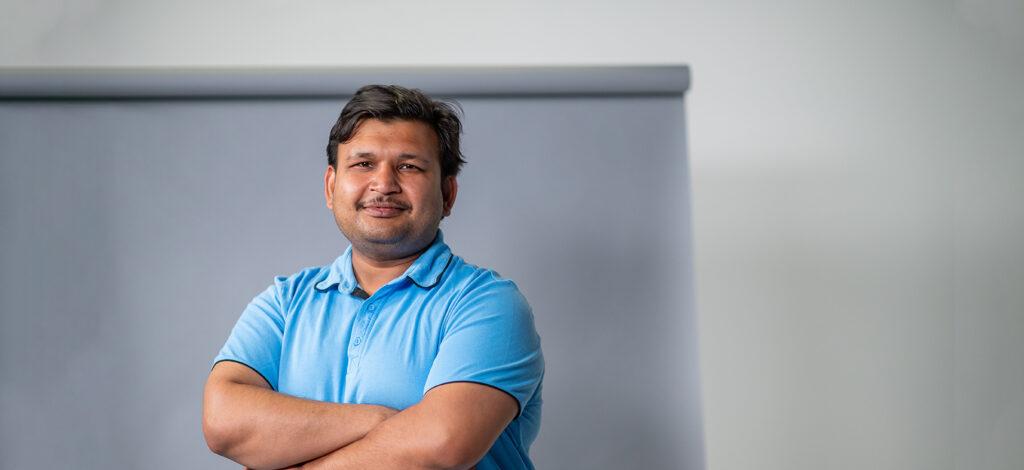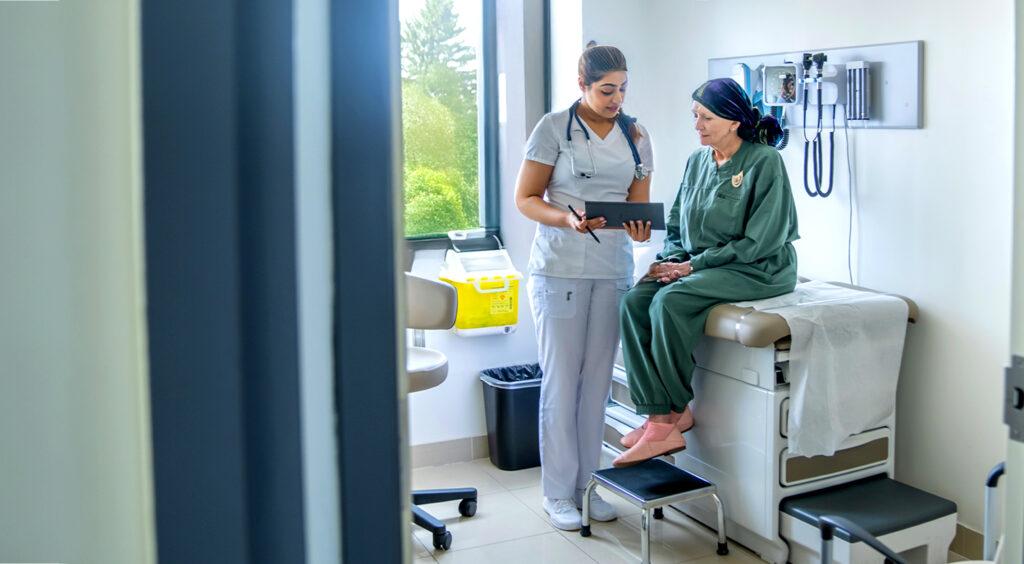How technology can help reduce food waste
Sustainable Bites: Food and Our Future What can we do to help make our food systems more sustainable? UBC researchers share small steps that can make a big collective impact.
According to the United Nations, the world will need to produce 70 per cent more food to feed a population of 10 billion by 2050. But a huge portion of the food we produce never reaches consumers, says Dr. Anubhav Pratap-Singh, Director of the Food and Beverage Innovation Centre at UBC. The culprit? Food waste. Dr. Pratap-Singh explains how new technologies can help to reduce food waste.

Did you know?
- Between 30 to 40 per cent of food produced is lost before it reaches consumers.
- Eight to 10 per cent of global greenhouse gas emissions are associated with food loss and waste.
What kind of innovative technology can help reduce food waste?
Dr. Pratap-Singh’s research explores how newer minimal processing techniques, like high pressure processing, cold plasma and pulsed light, can help keep foods fresh for longer. “Take avocados and guacamole, which naturally spoil quickly,” says Dr. Pratap-Singh. “High pressure processing allows guacamole to be processed and brought to market efficiently.”
Technology can also help upcycle food waste. Dr. Pratap-Singh’s team is investigating ways to recycle wastewater used in washing fruits, vegetables and seafood by “extracting vitamins, minerals and proteins from the water and bringing them back into the system.”
What can we as consumers do to reduce food waste?
Most food is lost before it reaches the consumer but it’s still important to learn ways to cut food waste at home says Dr. Pratap-Singh. “Don’t buy foods you aren’t going to eat, pay attention to what’s in your fridge and learn about sustainable, circular food systems.”

Why is processed food not necessarily a bad thing?
People are right to be wary of certain processed foods, says Dr. Pratap-Singh. “Overprocessed foods with additives are a hazard. But if you really want to have the highest amount of nutrition from a food product for the highest amount of time, minimal processing is the way to go.”
Unlike ultra-processed foods, minimally processed foods also retain more nutrients and do not require chemical additives, Dr. Pratap-Singh explains. Examples include canned products that retain high levels of vitamin C, and baby food pouches with no artificial preservatives.
He encourages people to learn about these new processing technologies and how to read food labels.
This article was published on March 8, 2024. Feel free to share the video and republish the text of this article, but please follow our guidelines for attribution and seek any necessary permissions before doing so. Please note that images are not included in this blanket licence.
More stories
- 5 things you need to know: How to protect your health from wildfire smoke

- The leading risk factor for cancer isn’t what you think

- 5 things you need to know about measles

- How writing can help heal trauma from Residential Schools

- Staying socially connected can help maintain healthy eating with age, especially for older women

- How Canada can turn tariff tensions into a global affordable housing alliance
